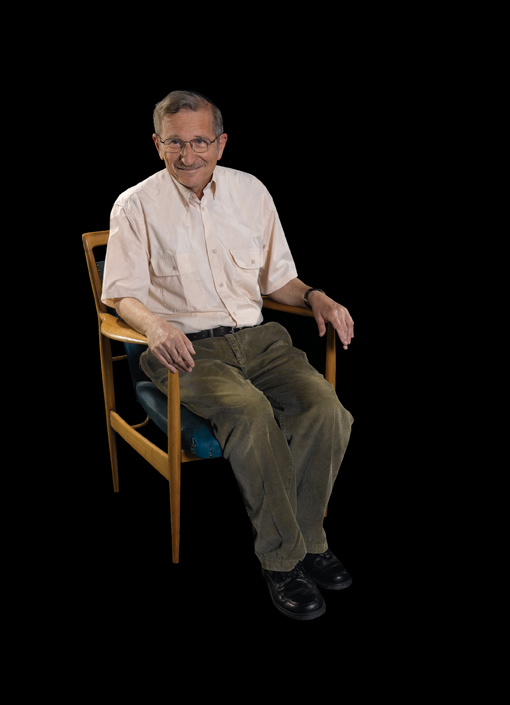Are you a journalist? Please sign up here for our press releases
Subscribe to our monthly newsletter:

Math for Humanity
"Mathematics," says Prof. Yakar Kannai of the Weizmann Institute's Mathematics Department, "is like a long ladder that reaches from the ground to outer space and then brings one back down to earth. The problems mathematicians address originate in the real world. After we work on them in the abstract sphere of theoretical models, we can sometimes bring the insights we've achieved back to the ground level of everyday reality, aiding in the development of practical tools and solutions."
An example of a real-world problem: In the world of trade, unlike in the accepted economic model, there are goods for which demand actually goes up when the price rises. This paradox is called the "Giffen effect" (after the 19th-century British economist Sir Robert Giffen), and it takes place unrelated to either the prestige value of an item or its quality. Kannai researches a mathematical model that predicts how likely it is that the Giffen effect will occur for a particular commodity.
Another of Kannai's discoveries relates to asthma. He found that an increase in the frequency and severity of asthma attacks was linked to sharp fluctuations in air temperature (more precisely, in the air heat content). An analysis of data from 8,650 patients with chronic respiratory problems showed a correlation between attacks and certain meteorological conditions. These studies could help doctors to predict when asthma attacks are more likely to occur and even to adjust medications to better prevent attacks in some cases.
Prof. Yakar Kannai is the incumbent of the Erica and Ludwig Jesselson Chair of Theoretical Mathematics.

Changing Paths
What are the chances a stumbling drunk will find his way home? The drunk has only a two-dimensional field to navigate. In contrast, a disoriented bird must search for its nest in a three-dimensional framework and is therefore much less likely to find its way home. Such a problem – after proper mathematical formulation – involves a mixture of geometry and probability. These are the kinds of problems studied by Prof. Gady Kozma, who recently joined the Institute's Mathematics Department.
Kozma evaluates the paths between two points in imaginary worlds that have various dimensions, and he checks to see how these paths depend on the number of dimensions. Such worlds resemble a city undergoing constant roadwork in which various routes are continually being closed and reopened. He erases, masks and restores different segments of the landscape, testing the significance of these changes for objects navigating within the space (a process called percolation).
Of particular interest are paths in the critical phase – the point at which a system changes its qualitative behavior. For such paths between two points in a multidimensional world there's a clear boundary: In the critically reduced system, if the underlying system contains six dimensions or less, one can get from one point to the other via more than one path. Above six dimensions, however, only one such path exists. Studies in many dimensions have applications in the real, three-dimensional world: They help scientists better understand the processes that take place in phase transitions between different physical states.
Prof. Gady Kozma's research is supported by the Sieff Prize.